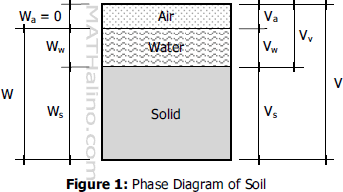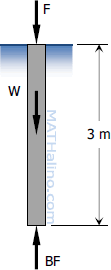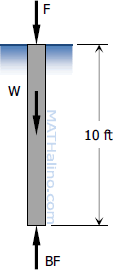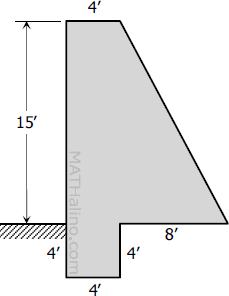Unit Weights and Densities of Soil
Symbols and Notations
γ, γm = Unit weight, bulk unit weight, moist unit weight
γd = Dry unit weight
γsat = Saturated unit weight
γb, γ' = Buoyant unit weight or effective unit weight
γs = Unit weight of solids
γw = Unit weight of water (equal to 9810 N/m3)
W = Total weight of soil
Ws = Weight of solid particles
Ww = Weight of water
V = Volume of soil
Vs = Volume of solid particles
Vv = Volume of voids
Vw = Volume of water
S = Degree of saturation
w = Water content or moisture content
G = Specific gravity of solid particles
- Read more about Unit Weights and Densities of Soil
- Log in to post comments




